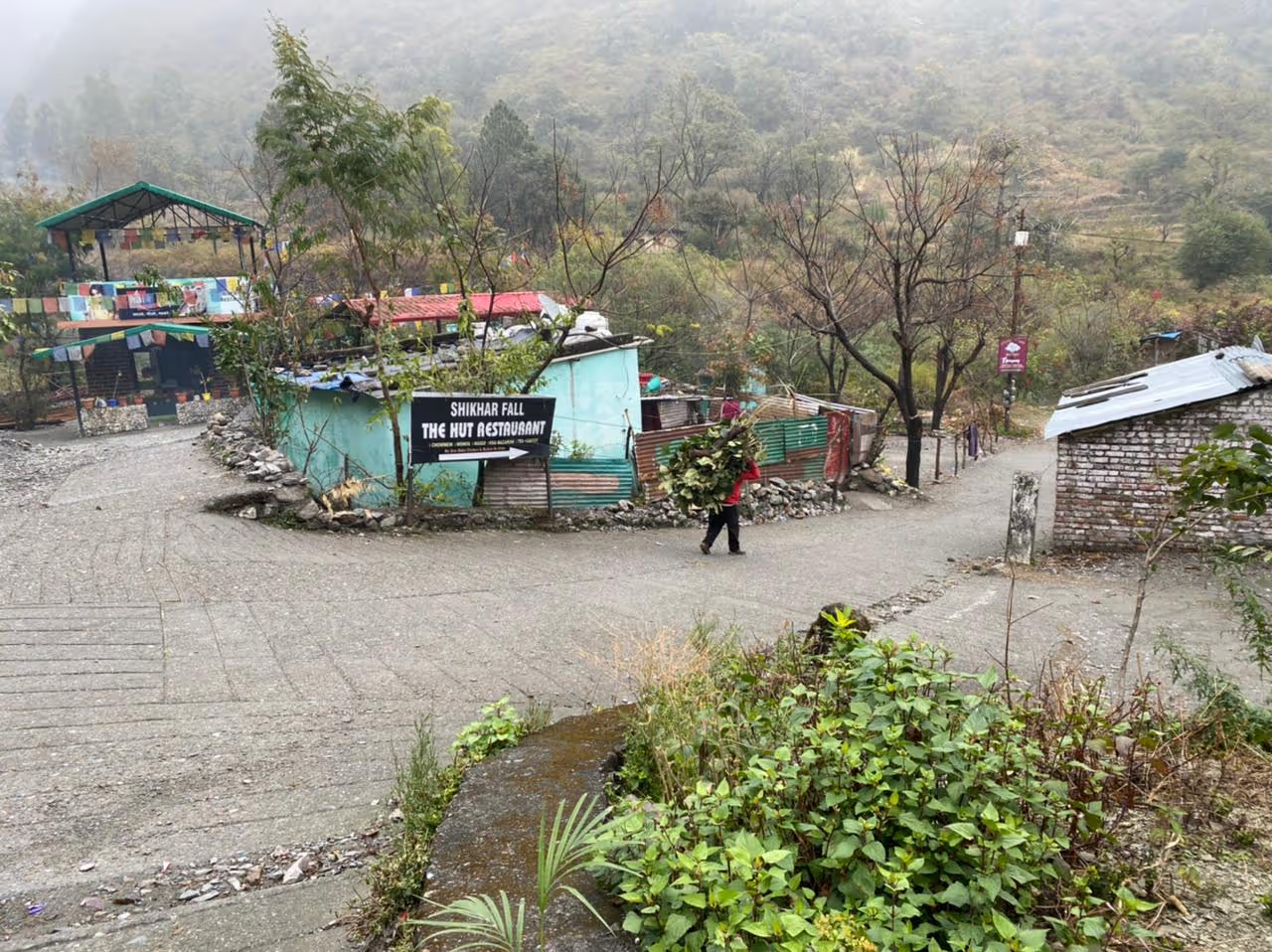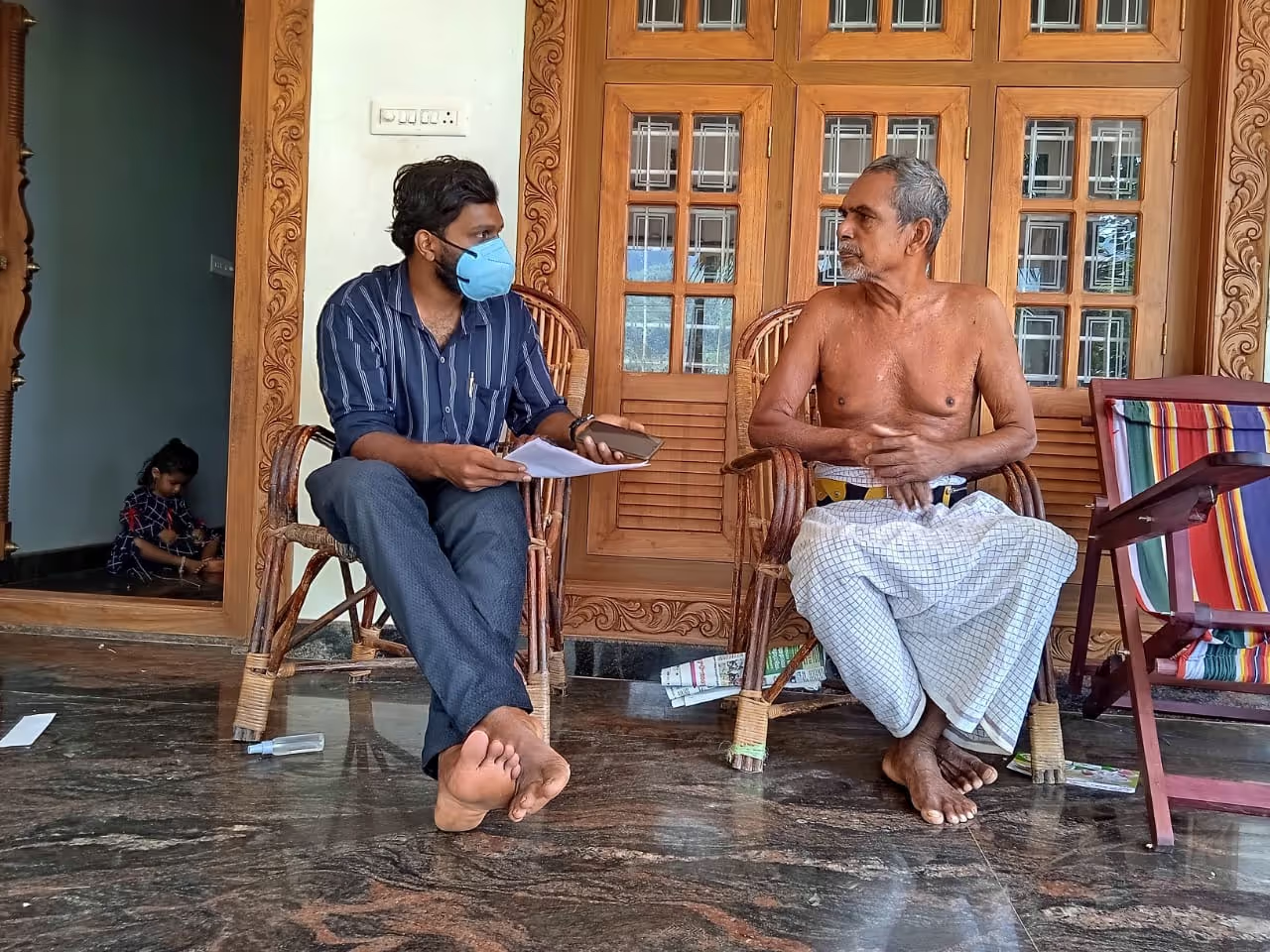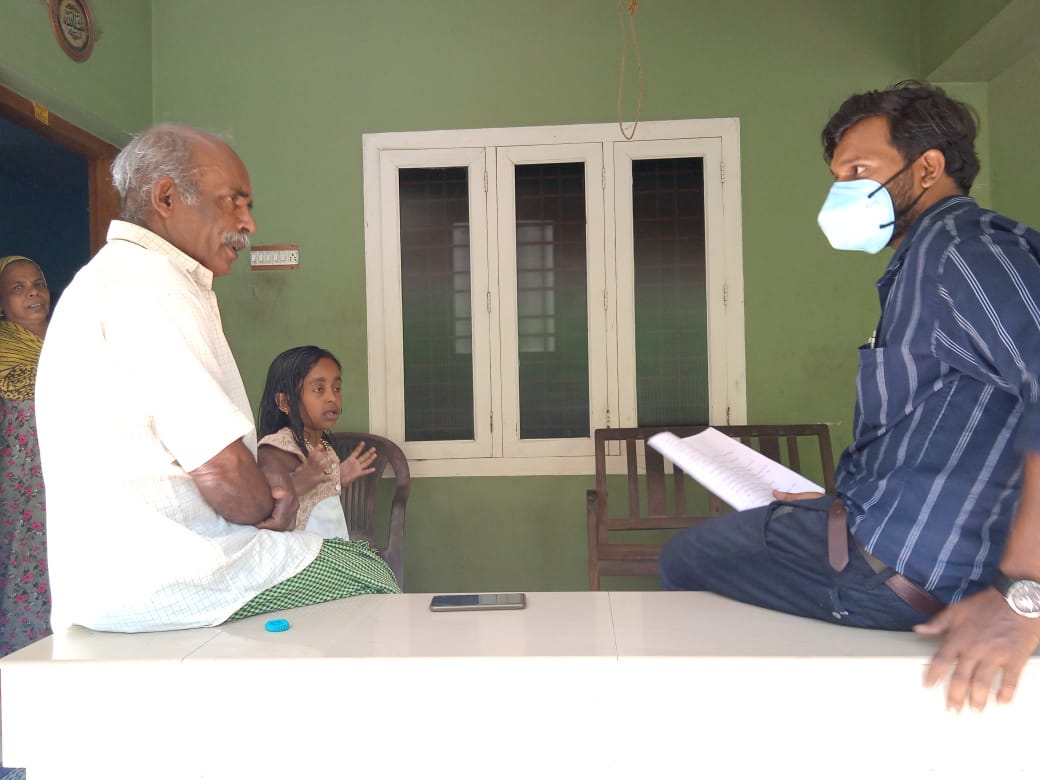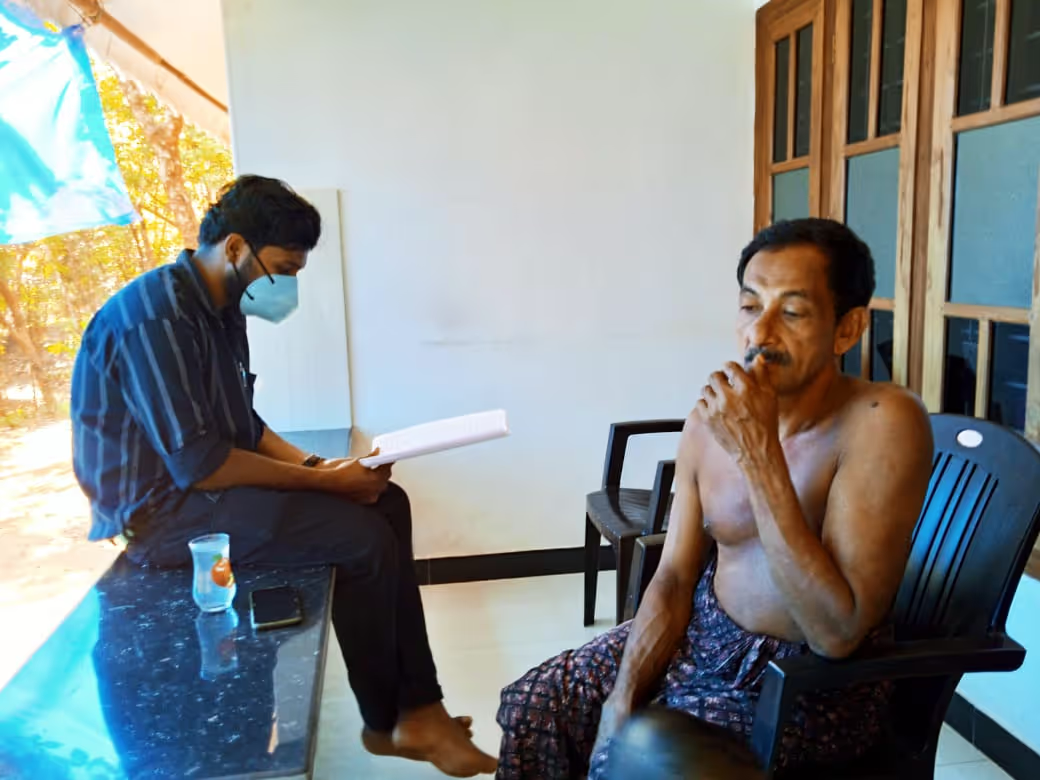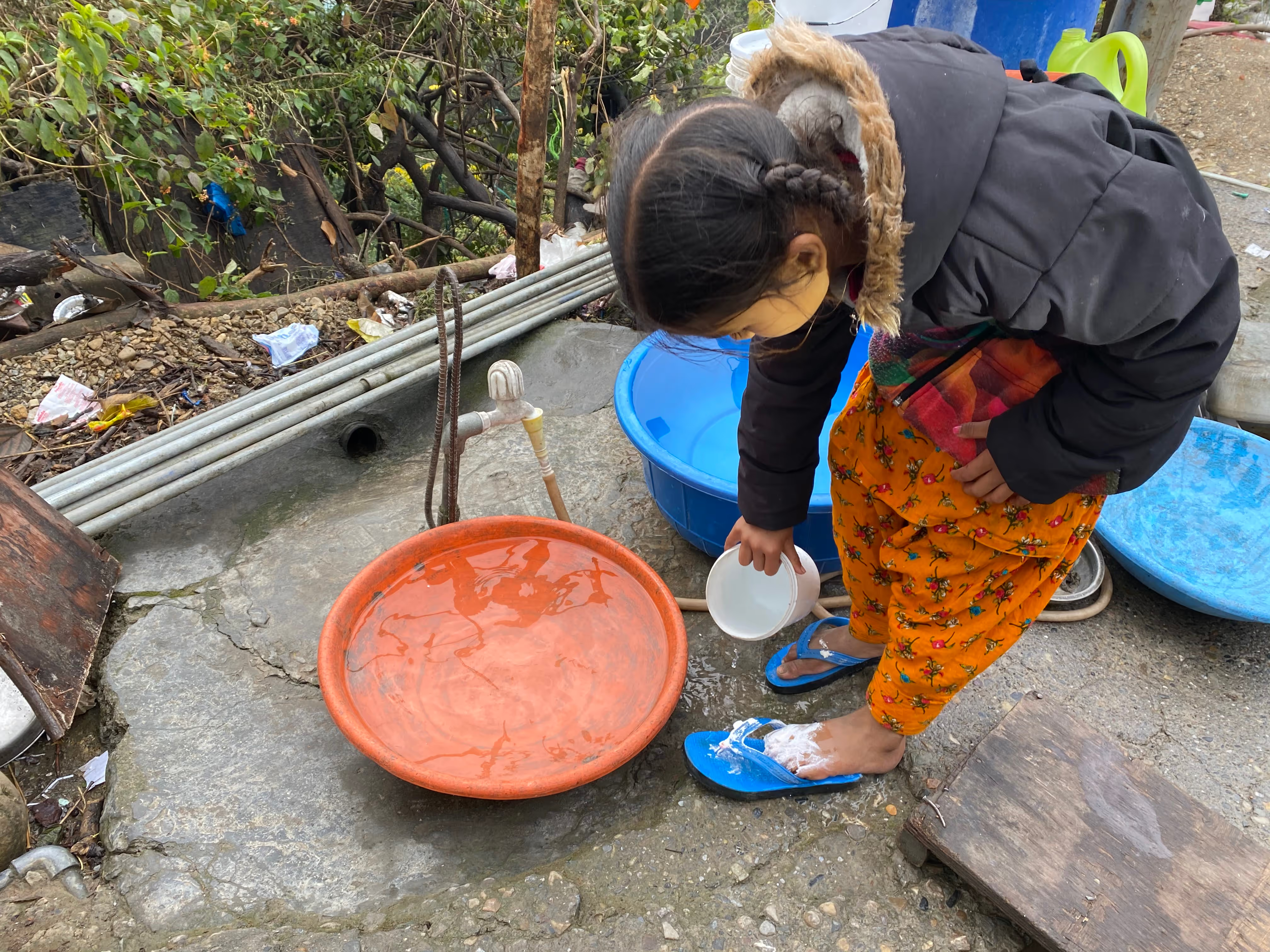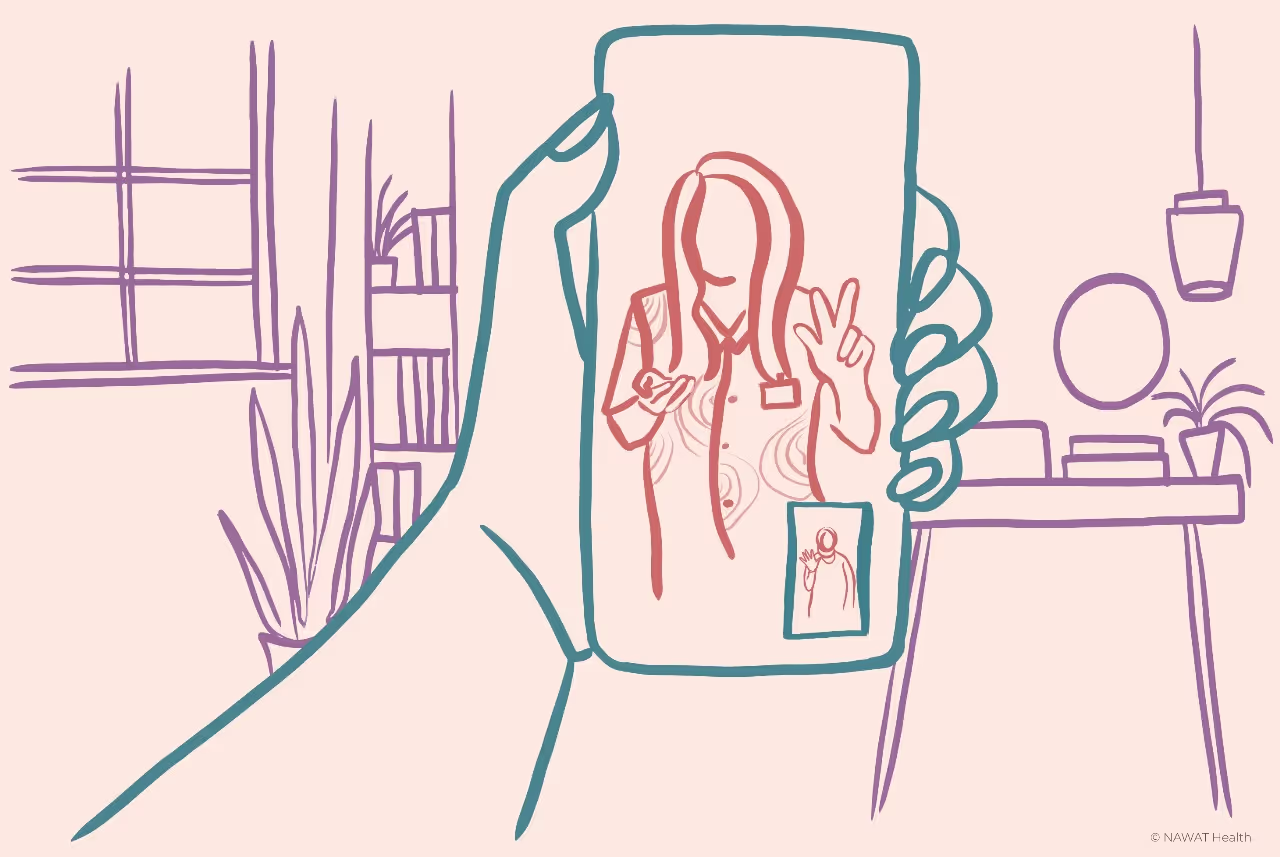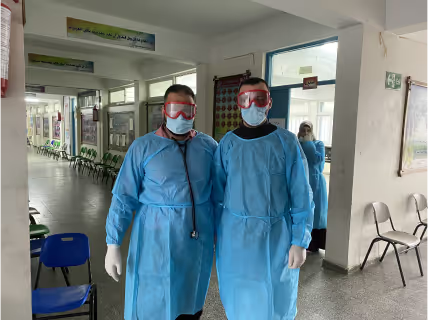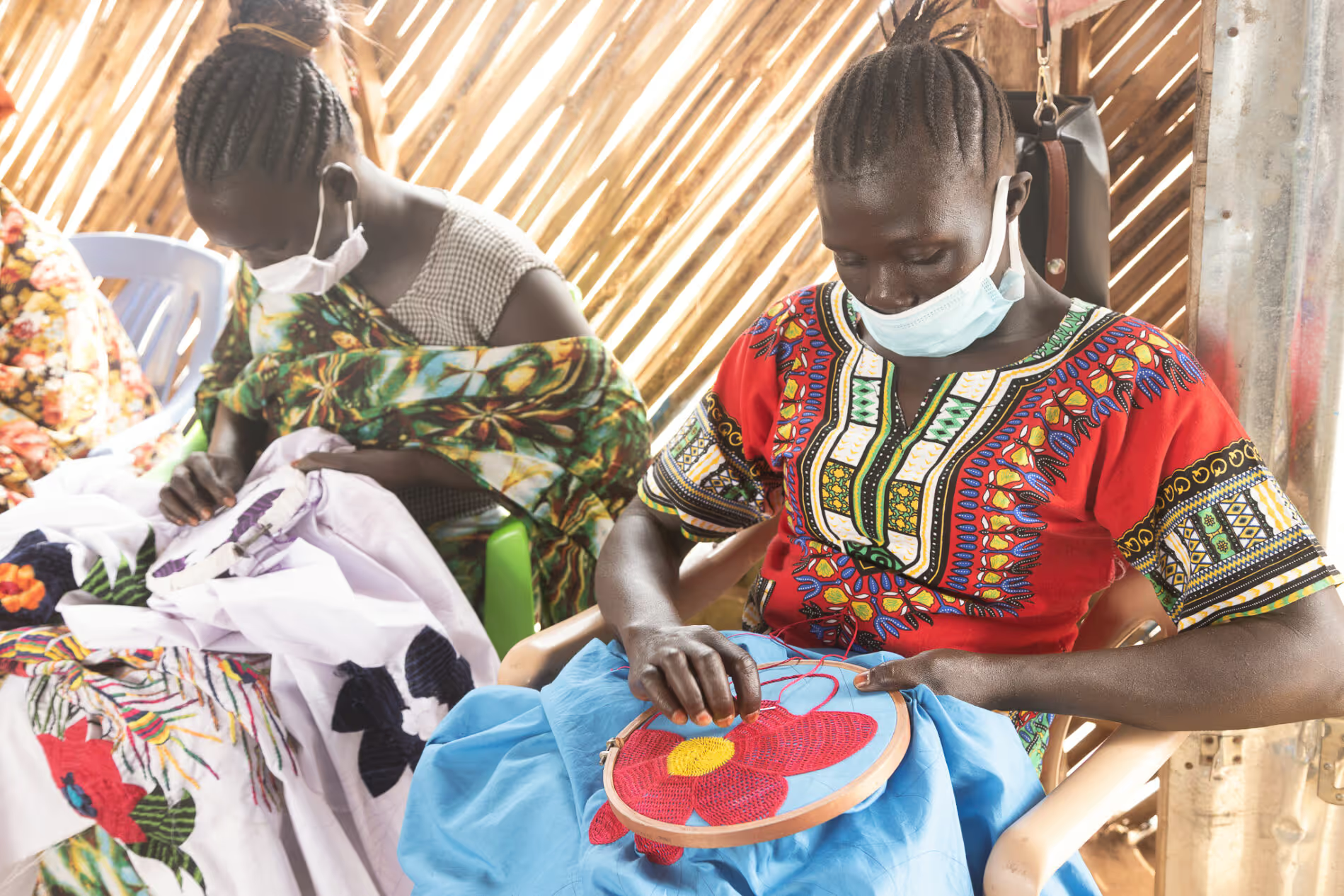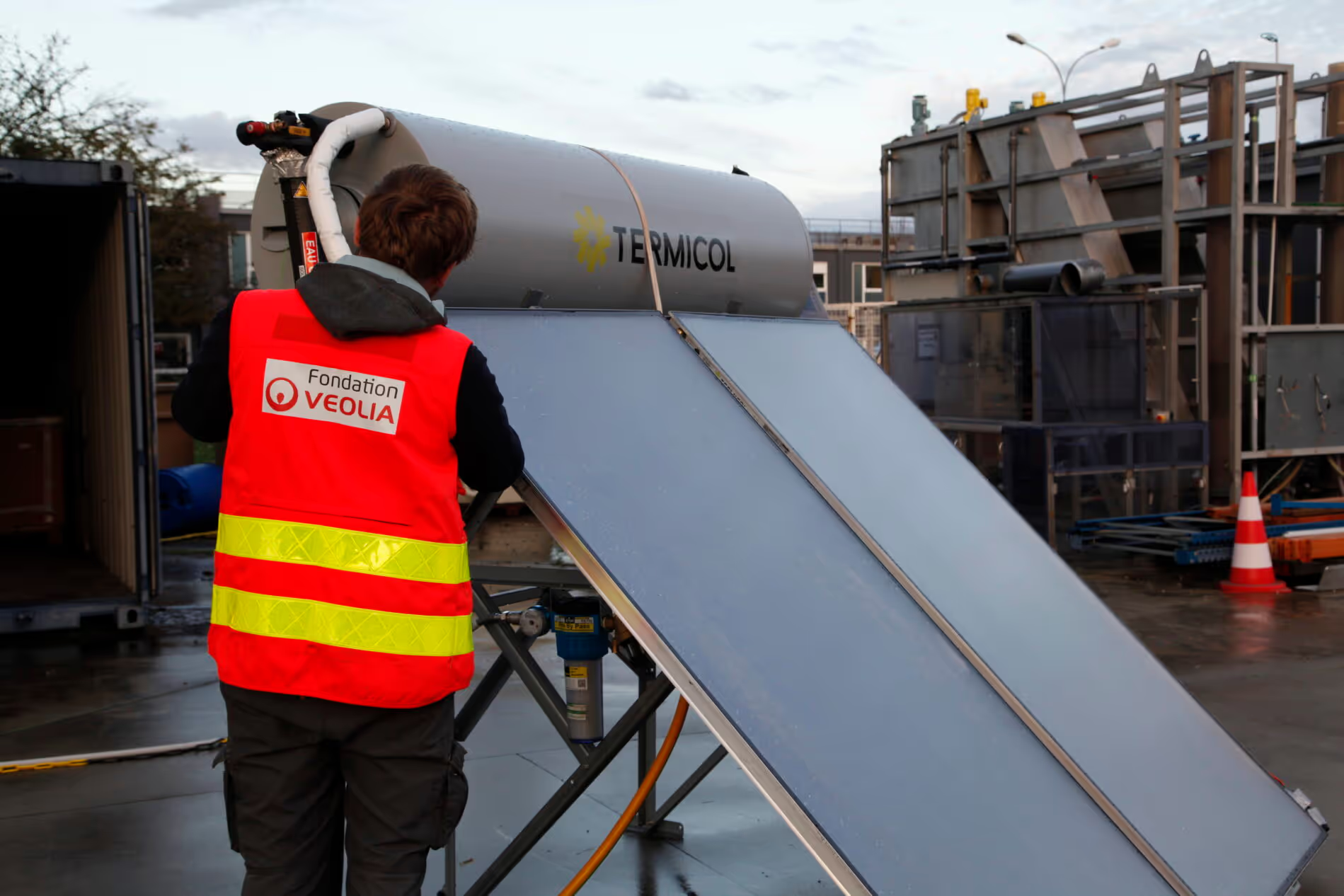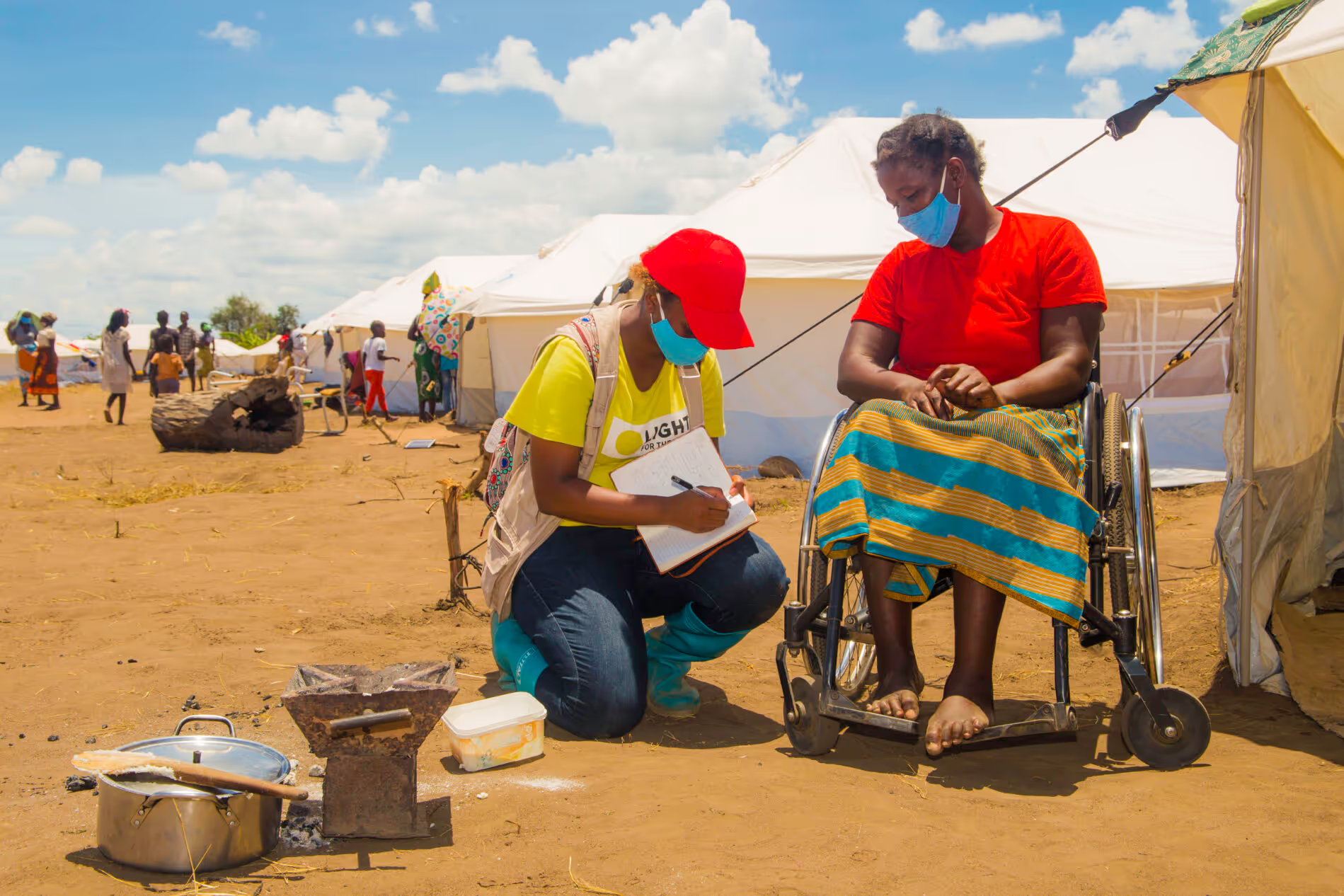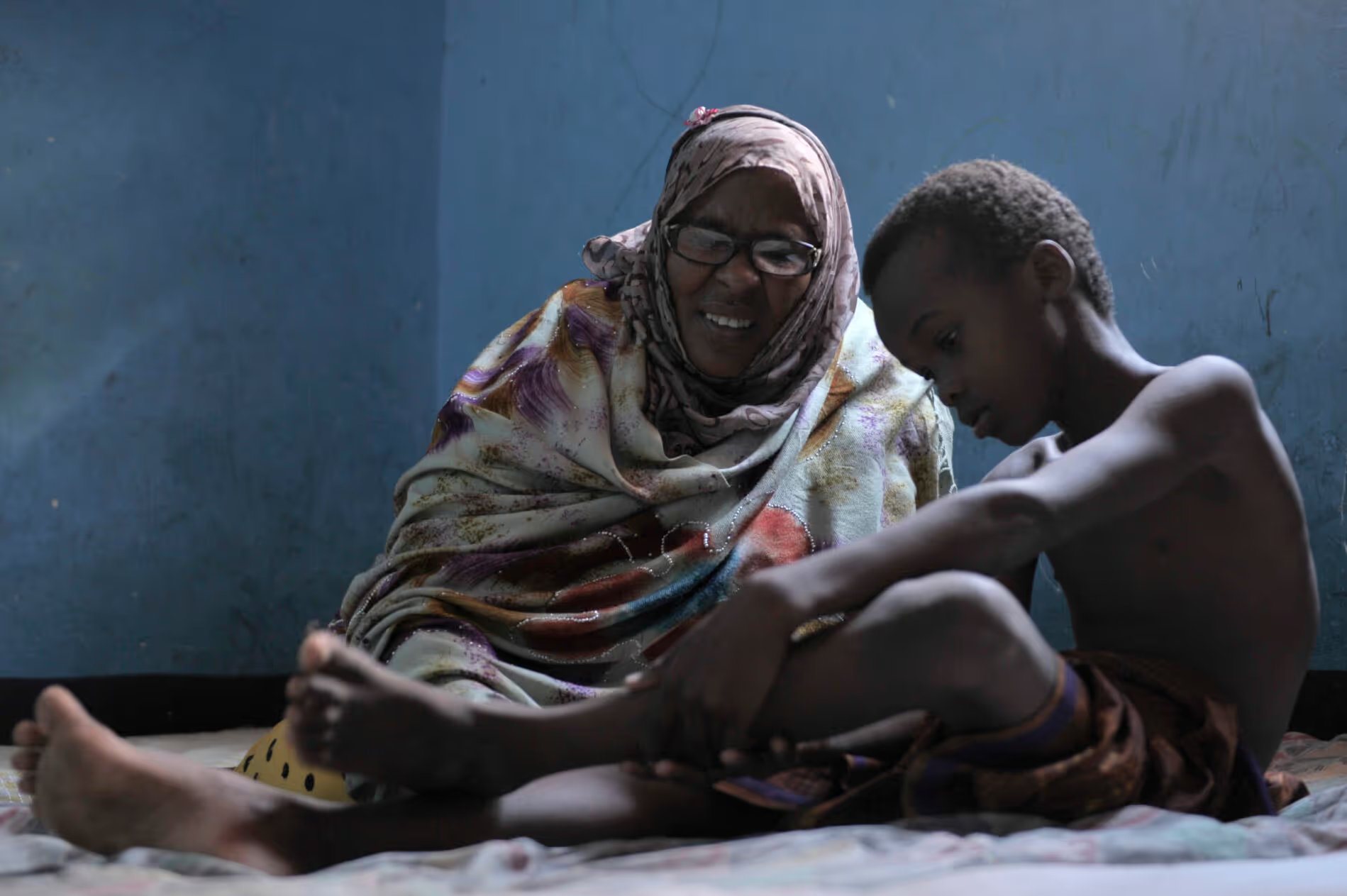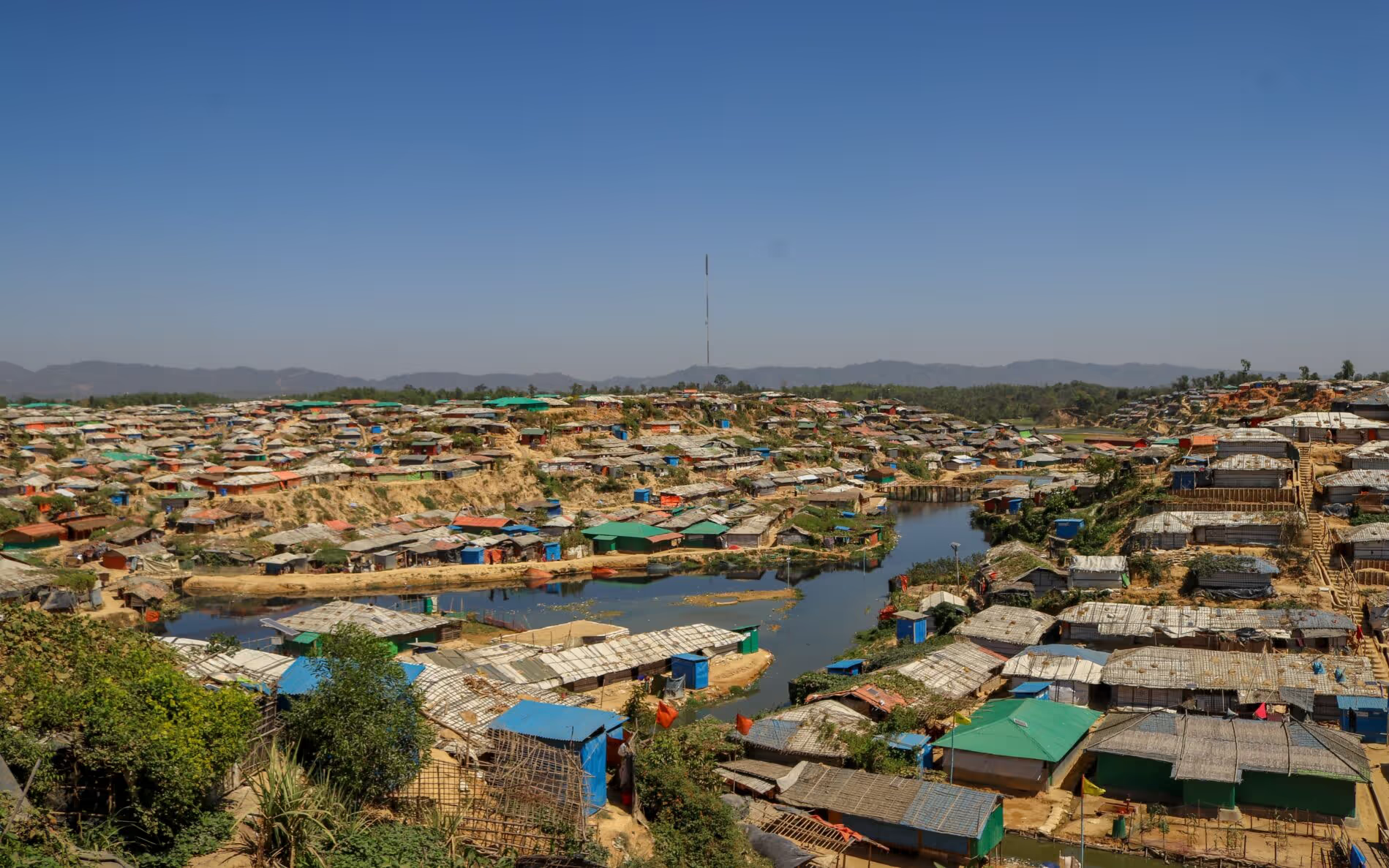Digital Storytellers for Social Change
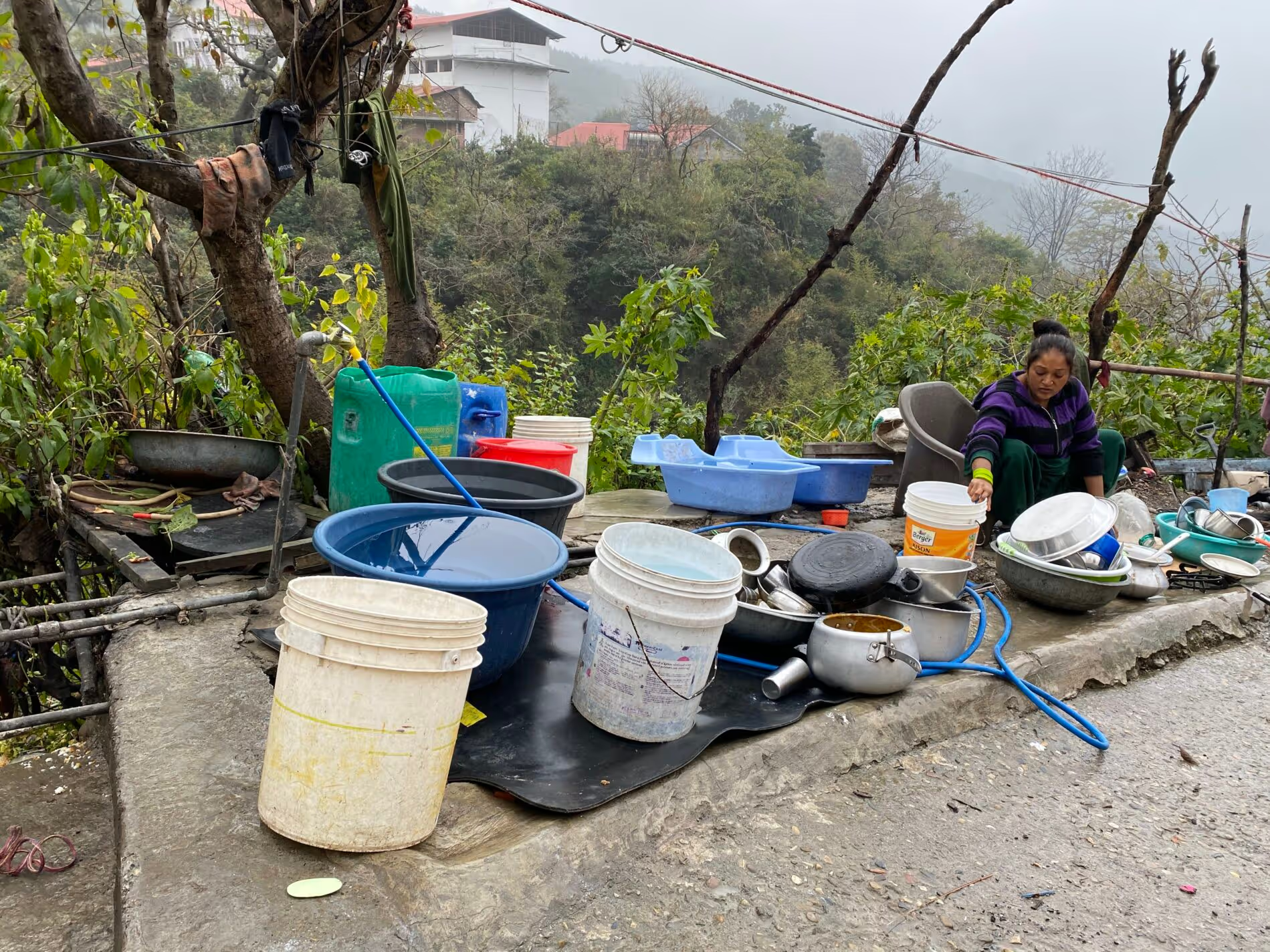
Project overview
A storytelling-through-video project that enables communities to share their lived experiences and find collective solutions to local problems.
Countries
India
Organisations
Words. Rhythms. Images
Partners
Aryan Group
Area of funding
Humanitarian Innovation
Grant amount
£20,000
Start date
04
January
2024
End date
04
August
2024
Project length (in months)
7.1
Funding calls
No items found.
Topics
Disaster Risk Reduction
Status
Live
Project solution
This project offers [specific solution or intervention] to tackle [challenge]. By implementing [strategies, tools, or innovations], the project aims to achieve [desired outcomes]. The approach is designed to [specific actions or methods] to bring about meaningful change in [community, region, or issue area].
Expected outcomes
This project aims to achieve [specific outcomes], such as [measurable results, improvements, or changes]. The expected impact includes [benefits to the target community, advancements in research or innovation, or long-term effects]. By the end of the project, we anticipate [specific changes or milestones] that will contribute to [broader goals or objectives].
No items found.
In December 2020, Words. Rhythms. Images. received a grant from the HIF to pilot community-led video content, capturing the experiences of people with disabilities and older people during floods in Kerala. This proved to be a useful tool for inclusive change during flood preparation, rescue and rehabilitation processes.
In December 2021, the HIF granted Words. Rhythms. Images. follow on funding to explore how video-based storytelling can be used by community members in villages, low-income communities and slums that face water stress in and around Dehradun city, Uttarakhand. WRI will explore how video-based storytelling can be used to identify local water scarcity and flooding issues, and how these stories can be packaged as a digital advocacy tool.
Despite growing awareness of the importance of inclusive humanitarian response, there is limited evidence that people with disability and older people are being included.
Elrha, Gap Analysis: the Inclusion of People with Disability and Older People in Humanitarian Response. Page 67
WHAT HUMANITARIAN NEED IS BEING ADDRESSED?
Vulnerable communities live with daily humanitarian challenges. They have important messages to convey about their experiences, but they don’t have a simple, effective way of getting these heard by the people and organisations equipped to effect change. This is particularly the case for older people and people with disabilities who are often overlooked or excluded from sharing their experiences.
WHAT IS THE INNOVATIVE SOLUTION?
DiSSC is a participatory storytelling and video-making method that helps people capture and convey the issues that impact them and their communities.
The innovation was first piloted to capture the experiences of people with disabilities and older people during floods in Kerala (India). This proved to be a useful tool for inclusive change during flood preparation, rescue and rehabilitation processes. The innovation was piloted again in the north Indian hill state of Uttarakhand, an area prone to natural disasters and where water scarcity and flash floods are a recurring problem. The project explored how community members could use smartphones to identify local water issues and package these stories as a digital advocacy tool. The project team trained community members to use their phones to make short, powerful videos on issues around water stress to communicate the problems to decision-makers.
The innovation hinges on the ease and accessibility of smartphones. These devices present opportunities that the resource-intensive process of professional filmmaking cannot match. They can reach far and wide, quickly, making their use appealing for those keen to tell their stories. Smartphone penetration and social media platforms have made communities, especially young people, interested in the video format as a way of sharing their lived experiences and calling for social change in their communities.
What progress has been made?
The videos made in Uttarakhand were disseminated to local authorities, decision-makers, social activists and media. This triggered government efforts to better understand the source of the water shortage in the community and find a solution.
After the pilot, the DiSSC project team designed a toolkit and trained 20 changemaking organisations from Delhi and Dehradun in making videos for community mobilisation, fundraising and advocacy. Those organisations worked in different areas of social impact, including environment, education, trans rights, poverty alleviation, disabilities and mental health. The toolkit and training helped participants understand the impact their stories could have in the sector and they learned to record and disseminate them effectively.
The team has since scaled up its model for use by any solution-seeking person or group with access to a basic smartphone, and a humanitarian story to tell. It has entered phase three of its work with people with disabilities and older people, building on the progress made during the first pilot in Kerala, Dehradun and Delhi.
Innovation potential
The DiSSC team is focussing on building long-term associations with participants and shaping the innovation into a permanent framework for telling the human stories that others must hear.
The innovation is poised to be used by other organisations that want to help groups and communities influence social change. And the accompanying digital and document-based toolkits (available in English and Hindi) make this a realistic and attractive prospect.
Digital storytelling has the power to bring about ongoing, meaningful change – not just in low-resource settings in India, but in a wide range of geographies and sectors. It has huge potential to be adapted and adopted. And because the innovation enables several of the United Nations’ Sustainable Development Goals, it has the potential to bring about change that extends far beyond the communities that directly engage with it.
[.slimline-cta-box][.slimline-cta_heading]Links to more information[.slimline-cta_heading][.slimline-cta_paragraph]Words. Rhythms. Images [.slimline-cta_paragraph][.slimline-cta-box]
No items found.
Project delivery & updates
Stay up to date with the latest developments from this project. Here, you will find details on what has been delivered, resources created, and regular updates as the project progresses. Access key documents, reports, and other materials to see how the project is making an impact.
No resources/updates have been published yet for this project. Sign up for our newsletter to stay informed about upcoming publications and updates!
Join our Newsletter
Resources
No items found.
Latest updates
No items found.
